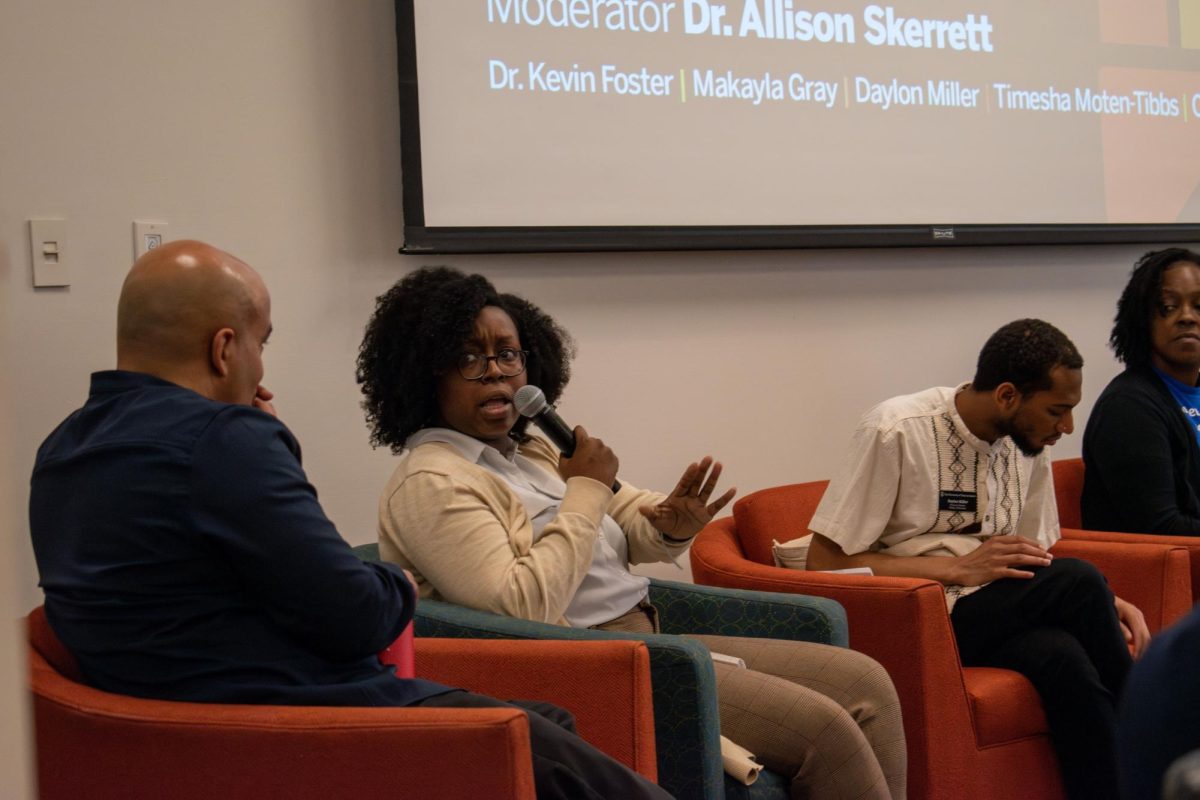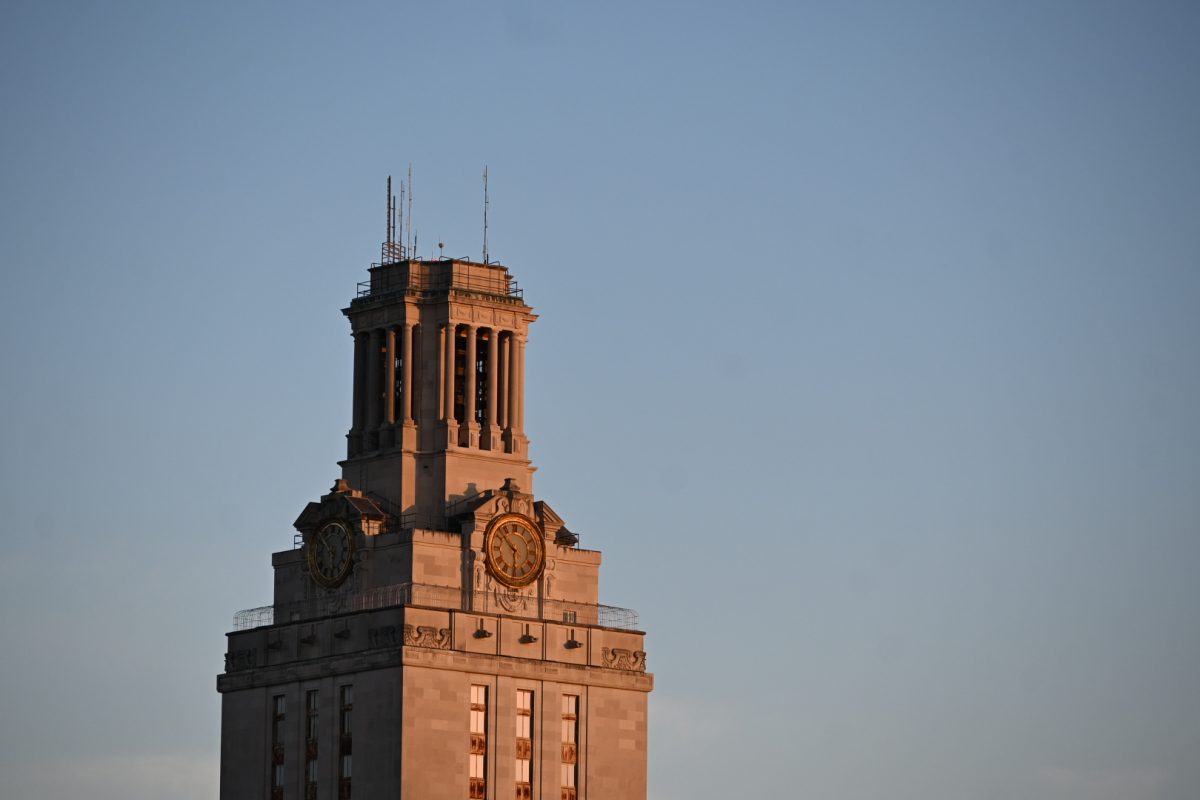In celebration of Black History Month, the College of Education hosted a panel of Black faculty, students and education leaders in the Austin community to share their contributions to Austin education and the strides they hope to see made for Black students in the future.
Allison Skerrett, professor and director of teacher education, moderated the panel. The panelists shared their personal stories and struggles in Austin education, ranging from K-12 education to the college classroom.
Makayla Gray, a teacher at Bertha Sadler Means Young Women’s Leadership Academy in East Austin, expressed her concerns over inequality within Austin ISD. After conducting interviews with her students and their parents, Gray said although many people recognize the efforts being made by Austin ISD, many clearly saw the inequities from school to school. She said her school, at which 90% of students are Black or Hispanic, had fewer resources than schools in other parts of the city.
“We want to make sure that these students are given the best because they deserve the best and we want our community to have the best to power it in the future,” Gray said. “But if we’re driven by data that speaks to equity and equality, they’re not existing here.”
Kevin Foster, an Austin ISD trustee and professor of African and African Diaspora Studies, said he believes Austin ISD is headed in the right direction, especially with the passage of a $2.44 billion bond last November. Many projects funded by this bond will specifically go to Title One schools, which serve economically disadvantaged students, Foster said. This will help improve the “prerequisites for Black excellence”: improved facilities and teachers with experience in Austin ISD schools.
“Black excellence is going to require that we have teachers that are able to teach Black children excellently,” Foster said. “We’re not there yet.”
Daylon Miller, an education senior and student teacher, said he believes educators should think about the children as the priority. As a Black, queer and disabled male in education, Miller said he wants to serve as a role model for students.
“I don’t fit the norm of what a teacher looks like … I never got to see a lot of what I possess in a teacher,” Miller said. “If I’m able to be a great foundation (for the students), that would be the best thing ever.”














